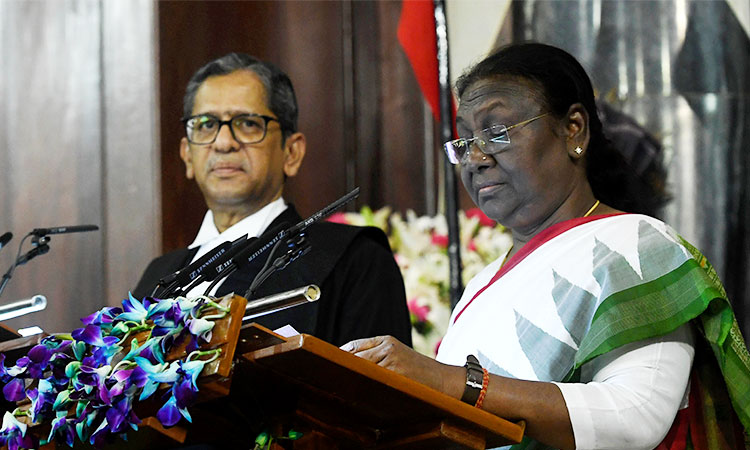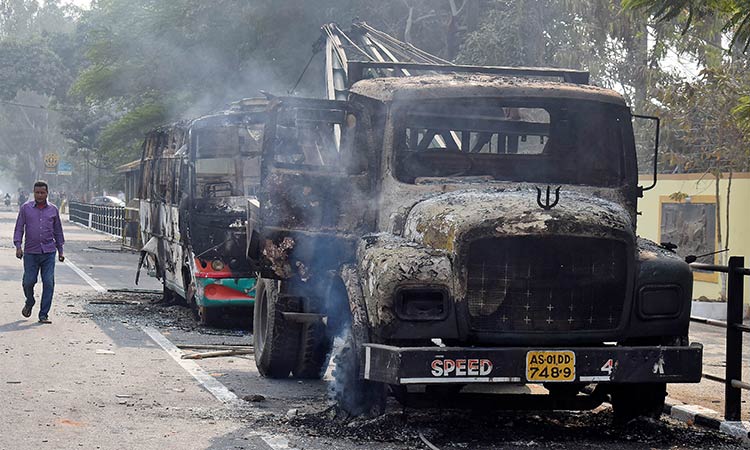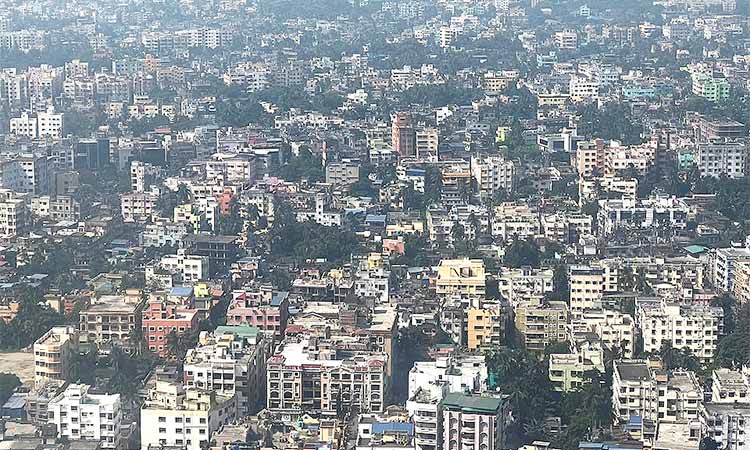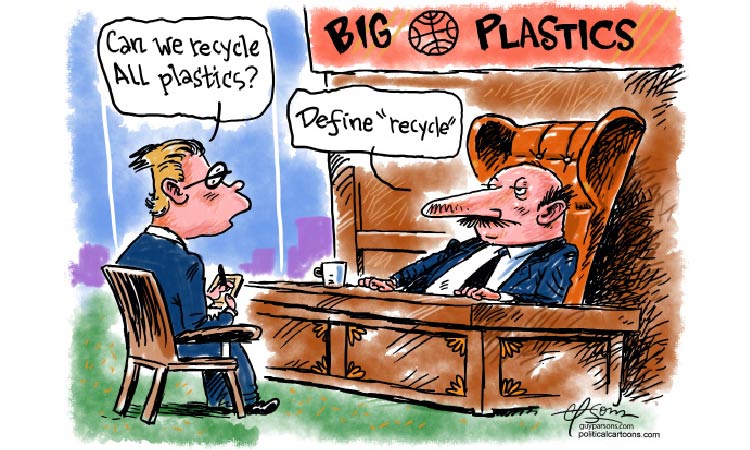Little gain for India from personal diplomacy
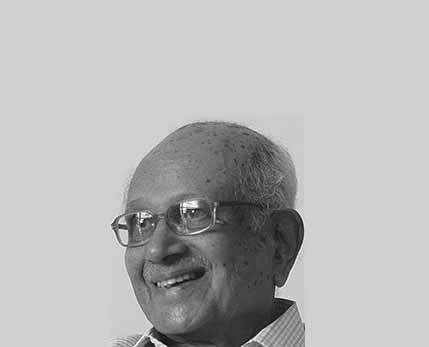
BRP Bhaskar
@brpbhaskarIndian journalist with over 50 years of newspaper, news agency and television experience.
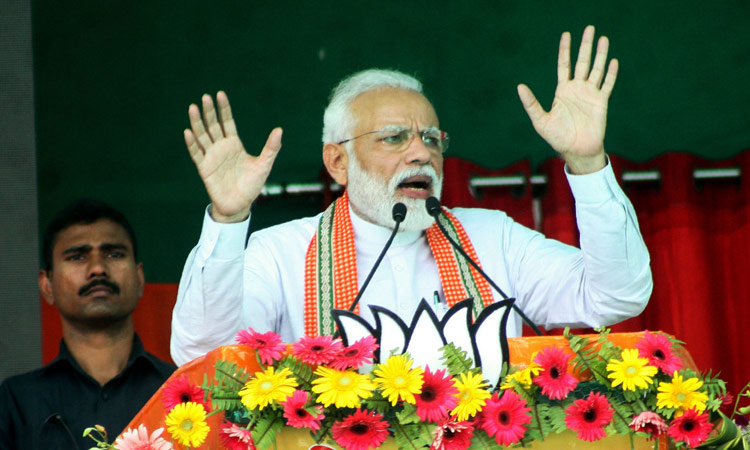
Narendra Modi. File
Modi started with severe handicaps. He came to office with no foreign exposure barring a brief spell abroad to propagate the Rashtriya Swayamsevak Sangh’s Hindutva ideology among Non-Resident Indians. As Chief Minister of Gujarat, he earned opprobrium for the anti-Muslim riots under his watch. The United States refused him a visa.
When he became the Prime Minister the visa curbs dissolved and he embarked upon an unprecedented campaign of personal diplomacy which took him to over 60 countries, more than once to some of them. The pandemic forced him to stay at home. But he continued to interact with leaders of other countries over phone and video.
Although Modi appointed S Jaishankar, a former career diplomat, as the External Affairs Minister, for all practical purposes he is his own foreign minister.
Early on, the BJP claimed that Modi’s jaunts had raised India’s prestige in the global arena. He certainly achieved a high international profile but critics are asking to what extent India has benefited from his exertions.
Hopes of good relations with neighbours had soared when heads of governments of all countries of the South Asian Association for Regional Cooperation (SAARC), including then Pakistan Prime Minister Nawaz Sharif, turned up at his inaugural in 2014. However, relations with Pakistan soon soured.
India ignored SAARC altogether after Pakistan became its chair in 2016, pushing it into the limbo.
SAARC did not grow much in its 35 years. Its decline is, therefore, not a source of great worry. However, the decline in bilateral relations with its members needs to be taken note of. It points to failure of the policy of good neighbourliness.
Modi had devoted personal attention to relations with Nepal, Bangladesh, Sri Lanka and the Maldives. China has lately made deals with these countries which are not in India’s interests.
The US had at one time wanted India to play a big role in the post-war reconstruction of Afghanistan. But it started pulling out after striking a deal with the Taliban. The US advised India to talk to the Taliban, too. Modi, who has made fight against terror a major plank of domestic and foreign policies, ignored the advice.
India’s plan to create an alternative route to Central Asia through the Chaibahar port in Iran, bypassing Pakistan, has run into trouble. Iran recently made a deal with China for the construction of the road from the port to neighbouring countries.
This setback could possibly have been avoided if India had not taken a wholly antagonistic position on China’s Belt and Road Initiative. The renewed flare-up on the long, undefined India-China border also has to be viewed in the foreign policy context.
US President Donald Trump and Chinese President Xi Jinping are among the world leaders with whom Modi established warm personal relations. But the bonhomie that marked their meetings is not reflected in bilateral relations.
There has been no forward movement on many issues on which the US is said to be supportive of India’s aspirations. These include membership of the Nuclear Supplies Group and the UN Security Council. China’s opposition is the main hurdle.
The initial US response to the India-China faceoff on the Himalayas was a Trump offer to act as mediator. Both countries declined the offer. The US administration has since then exuded sympathy for India. However, a treaty which will bring the US automatically into any India-China conflict is not under contemplation.
The Line of Actual Control between India and China was set by the latter through its 1962 intrusion and subsequent unilateral withdrawal. The LAC has changed more than once since then, always as a result of Chinese military action.
Alluding to the divergence between the personal and the national in Modi’s foreign policy, political commentator Shivam Vij recently observed that the Prime Minister was using foreign policy for personal political gains. “Modi’s foreign policy is Modi first, India second,” he wrote.
Defence analysts see the growing Chinese influence all the way from Nepal to Sri Lanka and from the Maldives to Gwadar in Pakistan as part of a plan to encircle India. The People’s Republic of China, too, from its very inception, has been living with the threat of encirclement.
The problems between India and China, including the border dispute, can be resolved smoothly only if the two countries develop greater sensitivity to each other’s genuine concerns.
